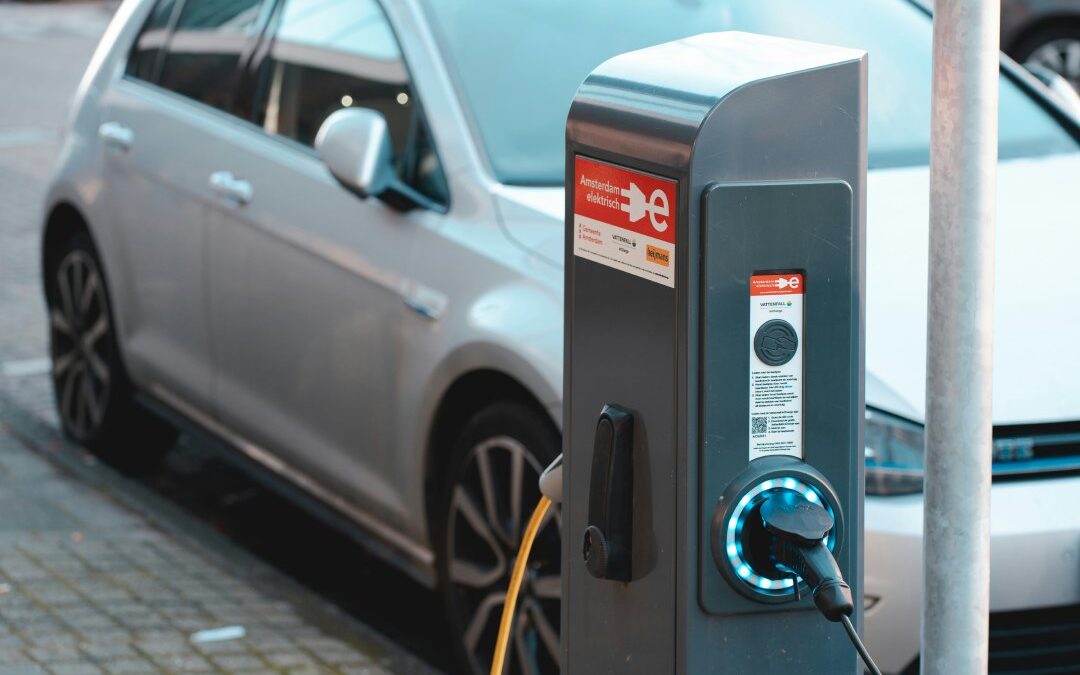India’s EV Market Poised for $48.6Bn Surge by 2030
This remarkable growth will be primarily driven by the lower total cost of ownership, ease of use, sustainable choices, growing supplier network, and product customization the sector offers.
India’s electric vehicle market is projected to manufacture about 50 million units and touch $48.6 billion by 2030, according to global professional services network Forvis Mazars Global Ltd.
This remarkable growth will be primarily driven by the lower total cost of ownership, ease of use, sustainable choices, growing supplier network, and product customization the sector offers. The growth of Public Battery Electric Vehicle (BEV) charging stations in India is expanding from 1,800 in February 2022 to 16,347 in March 2024, a nearly ninefold increase.
“By 2030, electric vehicles are projected to make up almost one-third of India’s passenger vehicle market, indicating a strong long-term growth trend in the country’s automotive sector,” said Rohit Chaturvedi, partner, transport and logistics sector leader, Forvis Mazars.
“India’s aim for 30% electric vehicle sales requires installing 1.3 million public chargers, highlighting significant infrastructure requirements by 2030,” he added.
The government has also been instrumental in leading the change in e-mobility. In 2015, the Faster Adoption and Manufacturing of Hybrid and Electric Vehicles (FAME) scheme was launched to encourage EV adoption and charging infrastructure growth.
In 2021, the Ministry of Heavy Industries approved 2,877 EV charging stations across multiple states and 1,576 stations on 16 highways and nine expressways. India has provided incentives, such as 100 per cent foreign direct investment for EV assembly, a production-linked incentive scheme for ACC battery manufacturing, and measures like stamp duty reimbursement under FAME-II, to localize the EV supply chain.
The Ministry of Power has set ambitious targets for installing public charging stations. It aims to establish a grid of charging stations in urban areas with a spacing of approximately 3 km x 3 km. One charging station is planned for every 25 km on both sides of highways and roads.
The Ministry of Housing and Urban Affairs has set its sights on semi-public charging, aiming to cover 20 per cent of all vehicle holding capacity. This plan also includes additional power load requirements for premises, ensuring a comprehensive approach to promoting EV adoption.
“India’s aim for 30 per cent electric vehicle sales requires installing 1.3 million public chargers, highlighting significant infrastructure requirements by 2030,” added Chaturvedi in the report.
India’s EV charging infrastructure includes players such as Tata Power, Charge Zone, Jio BP, Statiq (Sharify Services Private Limited), and GoEgo Network.
The growth projections favour the infrastructure demand. The country is anticipated to expand at an average annual rate of 49 per cent between 2021 and 2030, setting it on track to become one of the world’s major EV markets.
Read More
BIS Ups Safety Standards for Electric Vehicles in India

